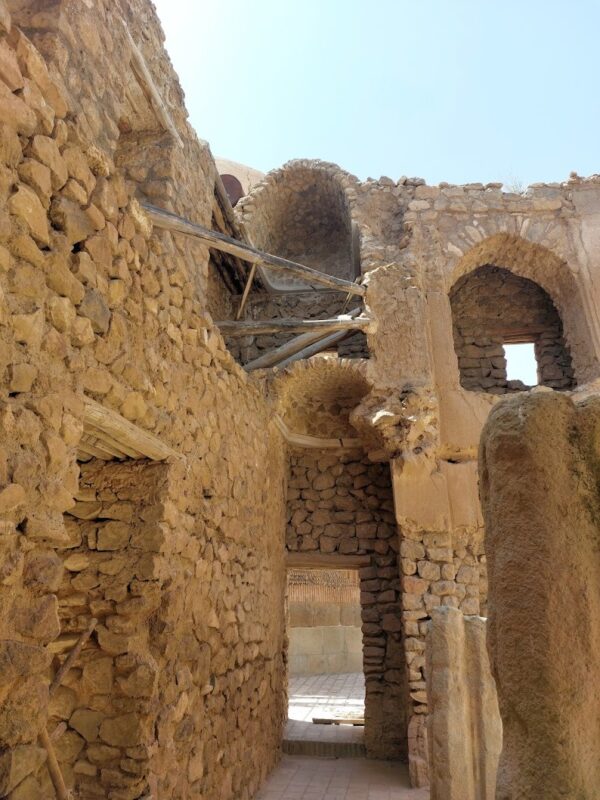Chalabioglu Monastery: a gem of Islamic architecture in Zanjan
Chalabioglu Monastery is a historical and religious complex in the city of Zanjan, which has become one of the popular tourist attractions in the city due to its magnificent architecture and spiritual atmosphere. This building was built in the 8th century A.H. by order of Hossamuddin Hassan Chalabi, one of the disciples of Maulana Jalaluddin Rumi, and is currently used as a museum.
Architecture and structure:
Çalbeoğlu Monastery consists of two main parts, the tomb and the monastery.
The tomb of Hossam al-Din Hassan Chalabi is located in the center of the building and has a remarkable beauty with a brick dome and tile decorations.
The part of the monastery includes cells, porches and a large courtyard, which was the place of residence and worship of dervishes in the past.
Bana architecture is a combination of different styles of Islamic architecture, including Seljuq, Ilkhani and Timurid.
The tiling and brickwork decorations of the building have a unique elegance and beauty and display slimy, geometric and error patterns.
Function and importance:
In the past, the Çalbeyoğlu monastery, in addition to being a place for worship and residence of dervishes, was also used as a center for the promotion of Sufism and mysticism.
Throughout its history, this building has witnessed many events and developments and has played an important role in the history and culture of Zanjan.
Chalabioglu Monastery has been registered as one of the national monuments of Iran.
Museum:
Currently, the part of the monastery has been turned into a museum and objects and accessories related to different historical periods, including pottery, tools, manuscripts, etc., are displayed in it.
Visiting the Çalbeyoğlu Monastery Museum is a great opportunity to learn about the history and culture of Zanjan, as well as Sufism and Islamic mysticism.


